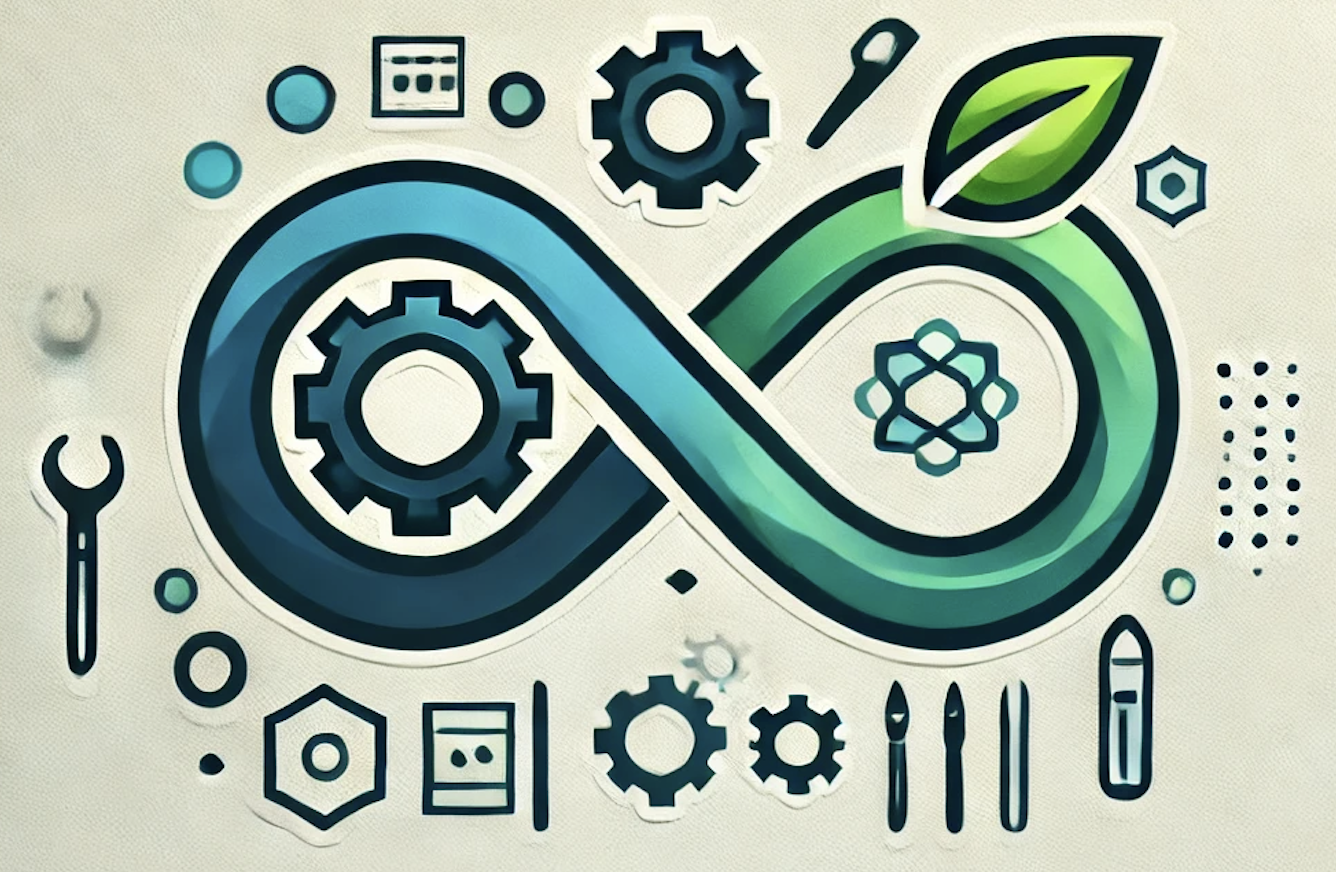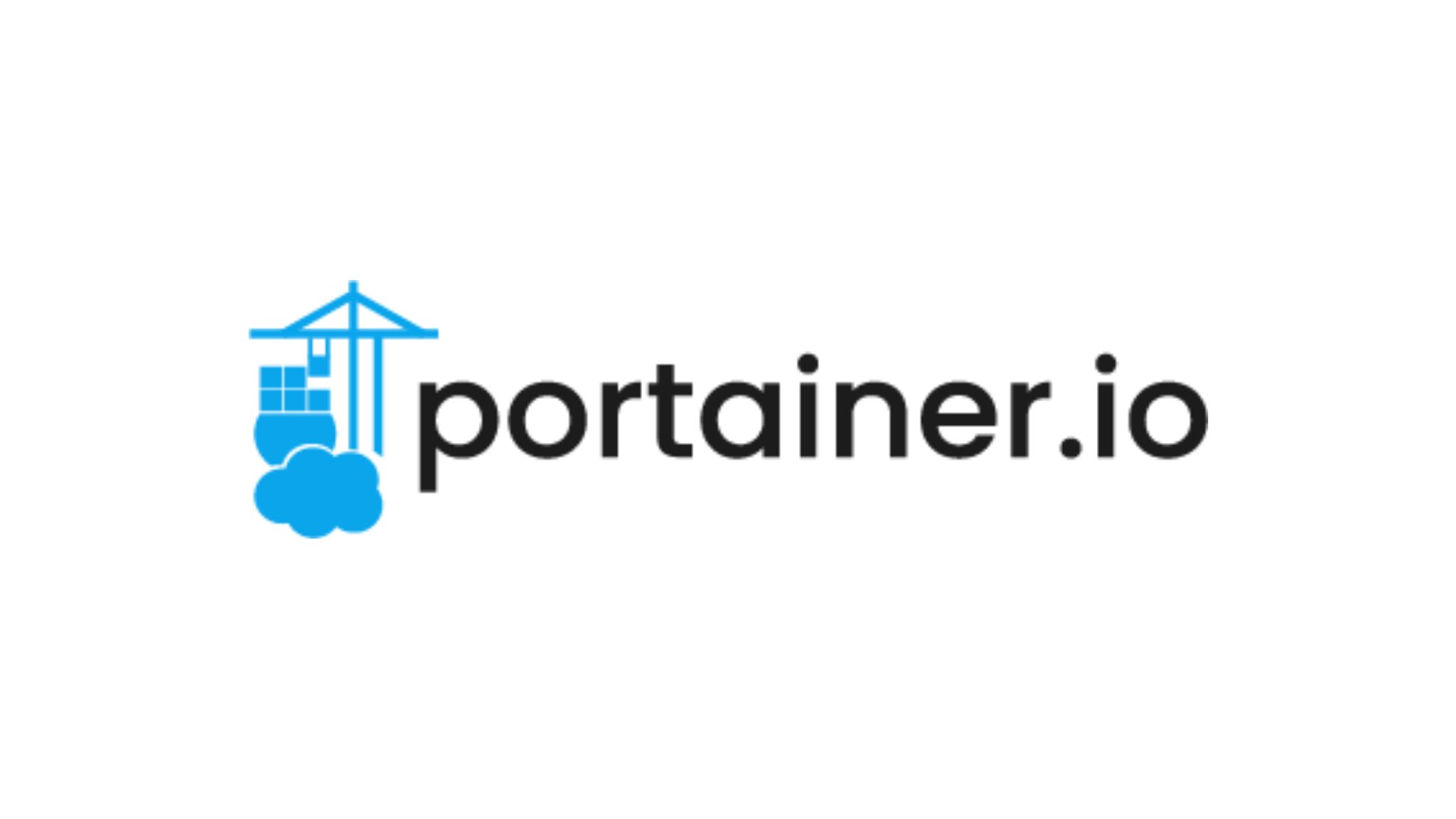Simplifying Container Management with Portainer
 DevOpshelian
DevOpshelian
In the world of containerization, managing Docker environments can become complex and time-consuming, especially as the number of containers, services, and stacks grows. This is where Portainer comes in—a powerful, user-friendly management tool that simplifies the deployment, management, and monitoring of containerized applications. In today's article, we'll explore what Portainer is, its key features, and how it can help streamline container management for DevOps teams.
What is Portainer?
Portainer is an open-source container management platform that provides a simple, visual interface for managing Docker environments. It supports both Docker Swarm and Kubernetes, allowing users to manage their containerized applications across various environments easily. Portainer aims to make container management accessible to everyone, from beginners to seasoned DevOps professionals.
Key Features of Portainer
User-Friendly Interface: Portainer offers an intuitive web-based UI that simplifies the process of managing containers, images, networks, and volumes. Users can perform complex tasks through a few clicks, eliminating the need for extensive command-line operations.
Multi-Cluster Management: Portainer supports managing multiple Docker Swarm and Kubernetes clusters from a single interface. This capability is essential for organizations with diverse environments and deployments.
Role-Based Access Control (RBAC): Portainer provides robust RBAC, allowing administrators to define roles and permissions for different users and teams. This ensures that only authorized personnel can access and manage specific resources.
Container Deployment: With Portainer, users can easily deploy containers using pre-built templates or custom settings. The platform also supports the deployment of entire application stacks using Docker Compose and Kubernetes manifests.
Monitoring and Logs: Portainer includes built-in monitoring and logging features, enabling users to view container logs, resource usage, and performance metrics. This helps in identifying and troubleshooting issues quickly.
Image Management: Users can manage Docker images directly within Portainer, including pulling images from public and private registries, managing image tags, and cleaning up unused images.
Network and Volume Management: Portainer allows users to create and manage Docker networks and volumes effortlessly. This simplifies the process of configuring network settings and managing persistent storage for containers.
Extensions and Integrations: Portainer supports a variety of extensions and integrations, allowing users to enhance its functionality. These include integrations with CI/CD pipelines, third-party monitoring tools, and more.
Why Use Portainer?
Ease of Use: Portainer's visual interface reduces the complexity of container management, making it accessible to users with varying levels of expertise. This can significantly reduce the learning curve for teams new to containerization.
Centralized Management: By providing a single pane of glass for managing multiple clusters and environments, Portainer streamlines operations and improves visibility across the entire container ecosystem.
Enhanced Security: With RBAC and detailed access controls, Portainer ensures that your container environments are secure and that users have the appropriate level of access to resources.
Increased Productivity: The ability to quickly deploy, monitor, and manage containers from a unified interface allows DevOps teams to focus on delivering value rather than dealing with the intricacies of container orchestration.
Scalability: Whether managing a small Docker setup or a large-scale Kubernetes deployment, Portainer scales with your needs, providing the tools necessary to manage containers effectively at any scale.
Getting Started with Portainer
To get started with Portainer, follow these steps:
Install Docker: Ensure Docker is installed on your system. You can download and install Docker from the official Docker website.
Deploy Portainer: Use the following Docker command to deploy Portainer as a container:
bashCopier le codedocker volume create portainer_data docker run -d -p 8000:8000 -p 9000:9000 --name=portainer --restart=always -v /var/run/docker.sock:/var/run/docker.sock -v portainer_data:/data portainer/portainer-ceAccess the Portainer UI: Open your web browser and navigate to
http://localhost:9000. You will be prompted to create an admin user and configure the initial setup.Connect to Your Docker Environment: Once logged in, you can connect Portainer to your Docker environment. Follow the on-screen instructions to set up your Docker endpoint.
Explore and Manage: With Portainer up and running, you can start exploring its features, deploying containers, managing images, monitoring logs, and more.
Conclusion
Portainer is a powerful and user-friendly tool that simplifies container management for DevOps teams. Its intuitive interface, comprehensive feature set, and support for both Docker and Kubernetes make it an invaluable asset for managing containerized applications. By leveraging Portainer, teams can enhance their productivity, improve security, and ensure the efficient operation of their container environments.
Subscribe to my newsletter
Read articles from DevOpshelian directly inside your inbox. Subscribe to the newsletter, and don't miss out.
Written by
